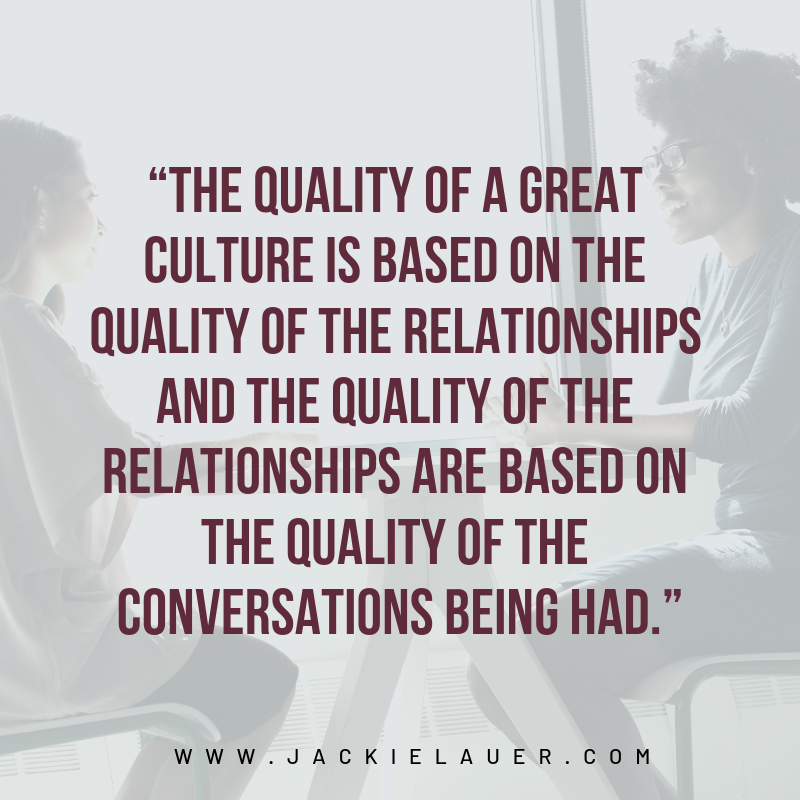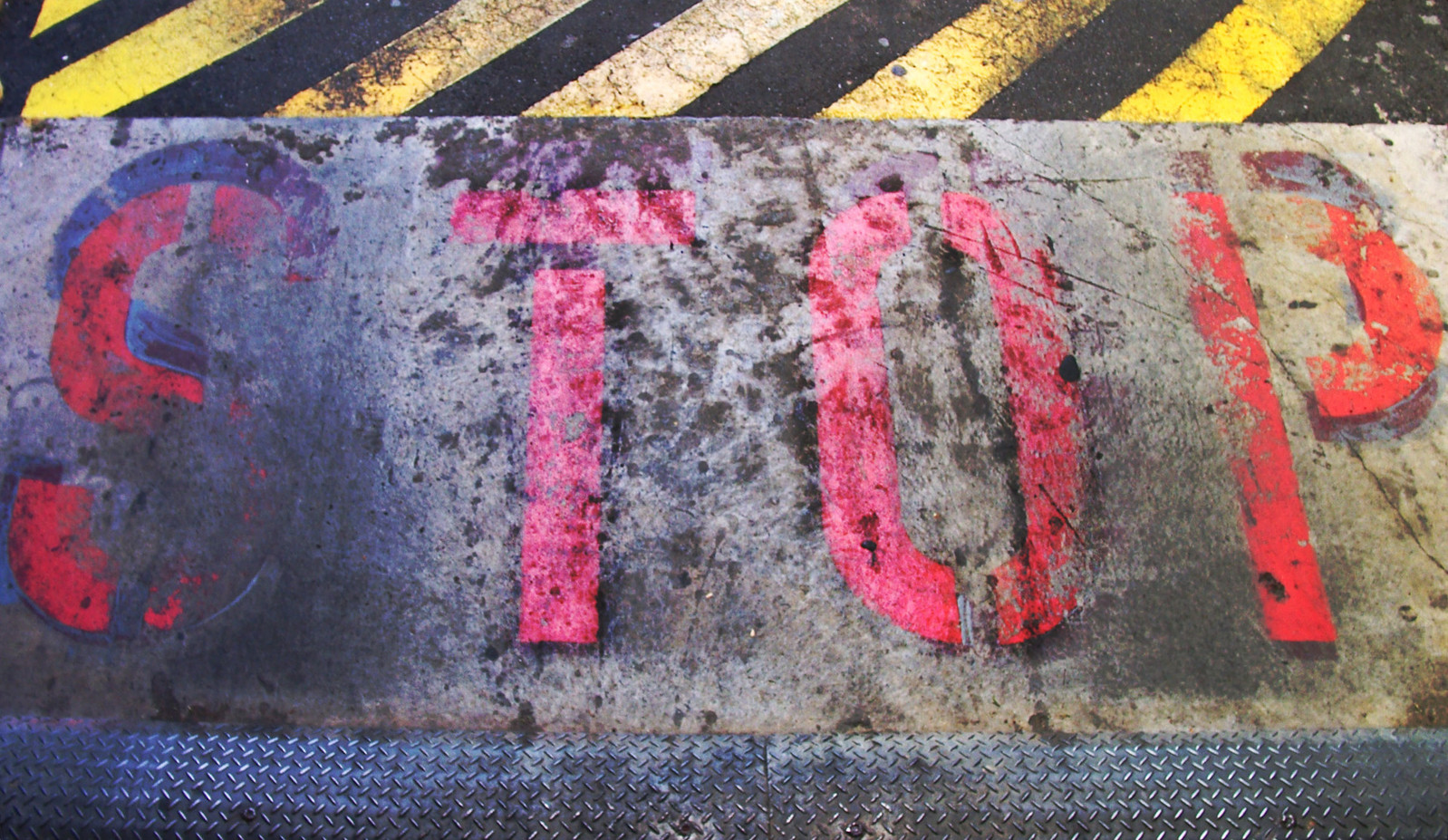
Unconscious Bias in the Workplace
I’ve had the pleasure of working with many organizations and their leadership teams over the years and something that always rings true is the quality of conversations and relationships we have in the workplace as leaders. Regardless of what issue we are tackling inside the company’s culture, these are the linchpins of success to seeing any positive changes or growth happen inside the organization. There are many reasons that communication and therefore the quality of relationships may be affected internally. Today, I want to tackle a common issue that can be a factor that stops progress, but one that isn’t always easily identified – even for the most skilled leaders — “unconscious bias”.
The Best Leaders ”Check Themselves”
Something I am currently working on with one of my corporate clients is the concept of “Unconscious Bias”, which is a prejudice we have or an assumption that we make about another person based on common cultural stereotypes rather than on thoughtful judgment. Think of three of them as stereotypes you’ve accidentally internalized—automatic preferences that influence your opinions. Paradoxically, these unconscious biases can contradict viewpoints we believe ourselves to hold. This is an issue, because it can affect how we not only view others on on our team, but how we interact, communicate, collaborate and build relationships with them.
There are certain exercises I prescribed to the leadership team to acknowledge these biases and how to address them so that they are not affecting the quality of conversations and relationships within the internal culture of the organization. And it is not an easy process to acknowledge our own biases. The leadership team I am working with has been incredibly open, vulnerable and willing to do the work. As you move through this work, there are certain emotions and ah-hah moments that come up. I’ve witnessed clients get vulnerable, and experience things that are natural like embarrassment, shame, pride, wisdom and more. The best thing for me as a coach is to see the team completely lean into the work, recognize where there is room for improvement and commit to going from a good to a great team together and to continue to challenge each other’s assumptions and biases to become stronger together.
Already, I am seeing a ton of breakthroughs and as a result, I’ve decided to clearly outline these concepts and a few exercises that you can put into action in your organization as well, that can help you go from a good to great leader! As I always say, “the quality of a great culture is based on the quality of the relationships and the quality of the relationships are based on the quality of the conversations being had.”

Time to Apply Some Concepts to “Check In With Yourself”
Alright, buckle up — because it’s time to dive into the good stuff!
Three Concepts for You to Become Familiar with As a Leader:
- Unconscious bias – thoughts
- Micro inequities – actions
- Micro affirmations – solutions
Unconscious bias, what is it?
As mentioned above, an unconscious bias is a prejudice we have or an assumption that we make about another person based on common cultural stereotypes common rather than on thoughtful judgment. This is important because an unconscious bias can exist without you being aware of it! So let’s break it down.
An unconscious bias is often rooted in or created by certain cultural, gender or socioeconomic stereotypes that you may or may not be aware of. The kicker is that they are unconscious, so it is hard to sport them, but they do have practical consequences if they go unaddressed. It gives some people an unfair advantage and puts others at a disadvantage. It can also be responsible for the satisfaction and lack of productivity in the workplace.
Micro Inequities
Micro inequities are subtle, disrespectful actions that reflect our biases. They can be difficult to recognize for both the person acting them out and the target. Some things to be mindful of when spotting micro inequities are that they are subtle, like an eye roll. But for the person it is directed at, it can be quite stressful, as they are questioning the intention behind it, and may begin feeling bad or emotional about it in a negative way. The kind of stress associated with micro inequities over time can manifest into physical pain as well such as headaches or anxiety when spending time around that person.
Micro affirmations, small gestures, big impact!
The way to combat micro inequities is to perform and engage in micro affirmations. Micro affirmations are one way to address the toll that unconscious bias takes in the workplace comments and to make it a happier and more peaceful environment. Try things like actively listening, being inclusive, valuing co-workers, providing positive feedback and making sure to engage when you can.
The strength of unconscious biases is it can help us think and make decisions quickly. The downside of unconscious or implicit biases is that they are unconscious and we do not know the extent of their impact on our thinking and decision-making. Once we become aware of them, we have more choice over their influence on us. The trick is getting conscious.
Why care about unconscious bias?
The question business leaders need to ask is, “Where is unconscious bias in my company and what is the impact?” and it’s vital that it be asked.
According to a McKinsey report Delivering Through Diversity, “Gender, ethnic, and cultural diversity, particularly within executive teams, continue to be correlated to financial performance across multiple countries worldwide.” Yet, they also show a continued neglect of diversity across organizations.The report also showed companies with the most ethnically diverse executive teams are 33% more profitable. I encourage you to use the concepts we’ve discussed here today and take note in your day-to-day to see where they may be popping up for you. Don’t shy away from identifying your unconscious biases, boldly lean into them and identify where your unconscious biases manifest in the workplace, and start mitigating their impact. Try some of these exercises to address them and to help improve your existing relationships and conversations in your organization. True change comes from “checking ourselves” in every season of our career, and investing into our teams by improving our skills, communication and relationships.




